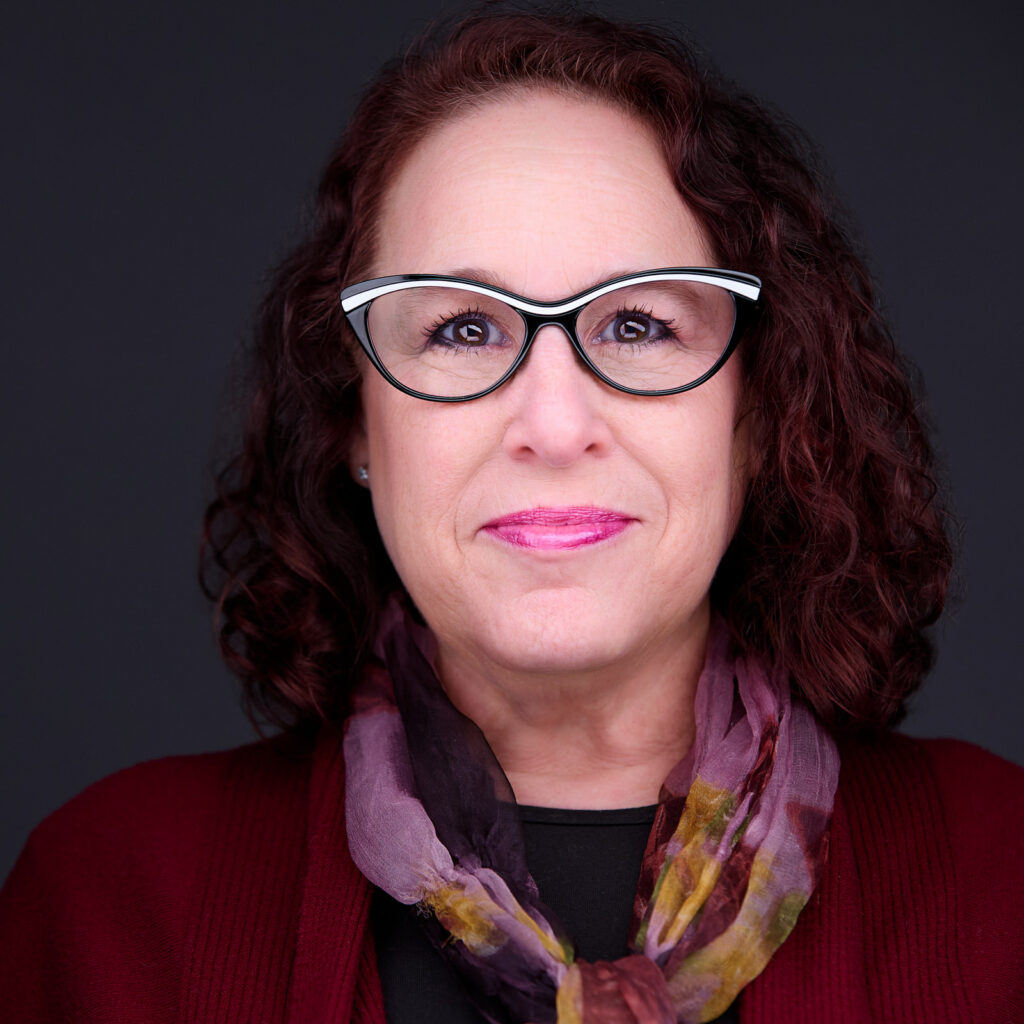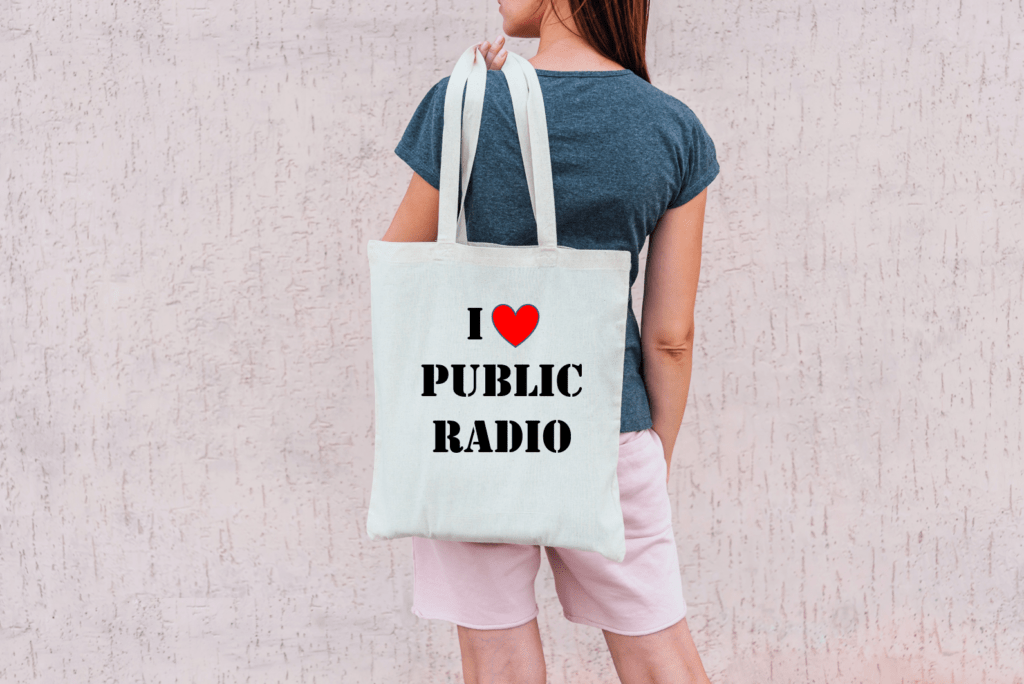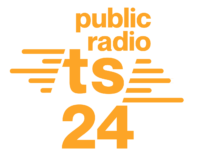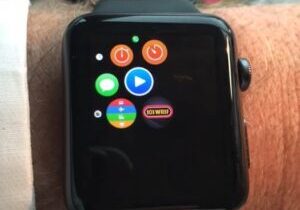
April showers, May flowers, June PRTS. Perhaps not romantic or even memorable, but for all of us at Jacobs Media and PRPD (now known as PMCC or Public Media Content Collective), June is the month where the fieldwork begins on the biggest study of public radio in America. And this year’s effort will follow suit at a point on the curve where public radio in this country is facing questions and concerns unlike any other moment in its storied history.
Paul and I have been happily knee deep in public radio when we got the call from consultant Mark Fuerst, and the head of the Corporation for Public Broadcasting, the late Rick Madden in the late 90s. CPB had a grant ready to go called “The Territories Project,” an ambitious environmental scan of the media world in those crazy dotcom startup go-go times. The goal? To gain an understand of how public radio could not just stand out, but also compete in the new world of digital media. Pretty prescient, don’t you think?
It took us the better part of a year to complete the assignment, largely because every time we moved closer to the finish line, a new company or technology emerged that threatened to change the game. We very much enjoyed the task because it pushed us to be more cognizant of the media and technology world around us – the beginnings of what would become an important Jacobs Media skill set.
A year or so later, and we got the call from NPR that led to a lengthy engagement to provide research and consultation for their lineup of amazing programming and growing array of digital assets. And in 2008, we convinced their research director at the time, Jackie Nixon, to sponsor an annual survey of public radio fans – and PRTS was born. We had already been designing and producing Techsurveys in commercial radio, so we had learned the ropes of how to gather, aggregate, and analyze data coming in from scores of radio station.
We also partnered with PRPD – the Public Radio Program Directors association and their chief executive, Arthur Cohen. And that association has happily endured ever since. These days, the organization is known as PMCC, headed up by one of public radio’s most visionary leaders, Abby Goldstein (pictured). Abby’s career spans public and commercial radio, where she’s been on the air, as well as occupied the programming and general managers chairs before becoming President/Executive Director of PMCC.
For today’s guest post, Abby grabs the keyboard to talk about this year’s study, the challenges ahead facing public radio, and how stations across America can use this data to best address them. She’ll also tell you about a new partnership we’re pleased to announce that will reach even more noncommercial radio listeners in this year’s study.
Public radio stations in the U.S. can sign up for PRTS 2024 here. -FM
What is Is “Audience Development” Anyway”
By Abby Goldstein

PMCC’s Abby Goldstein
It’s Public Radio Techsurvey time again! I look forward to this time of year because it generates the best kind of conversation about audience research. Usually when we announce that registration is open for this unique study, I hear from at least one person who points out that a survey of existing fans isn’t going to help us understand, grow, and serve NEW audiences. No, of course it isn’t. That’s not what this study is intended to do. That doesn’t mean it’s not vitally important.
We talk about “audience development” quite a lot in public radio. Every year, PMCC partners with Greater Public (public radio’s version of the RAB) for a virtual Audience Development Summit where we showcase the work that stations are doing to engage with new audiences. Audience development has become a theme running through many content discussions these days and I fear that our sector has come to associate those words exclusively with cultivating new audiences – people who are not already listening to, aware of and feel positively about our radio stations.
This is no easy task! People develop their radio habits early in their lives and once someone is a “fan,” they are likely a fan for life. It’s extremely difficult to get people to change teams when they’ve been playing in the starting line-up since they were teenagers, which illustrates the other side of audience development that may be even more critical in today’s media environment.
someone is a “fan,” they are likely a fan for life. It’s extremely difficult to get people to change teams when they’ve been playing in the starting line-up since they were teenagers, which illustrates the other side of audience development that may be even more critical in today’s media environment.
I’m an original “backseat listener.” NPR signed on the air when I was a 9-year-old kid, and my parents were instantly enamored. Back in 1971, they were smack dab in the middle of public radio’s core demographic – highly educated professionals, raised in an urban environment with intellectual parents, in their mid-40’s with two kids in college and two in grade school. My mother grew up during the Golden Age of radio with big band music, Bob & Ray, and Jean Shepherd as her soundtrack. She had a radio in the kitchen that was always on and after NPR hit the airwaves, it was never tuned to anything else. My mother volunteered and eventually worked in public radio. When we moved my 95-year-old father to Pittsburgh, the first thing he wanted to do was become a sustaining member of his local public radio station. They were lifelong donors and never passed up the opportunity to make an additional gift. No members are more loyal than the ones you’ve had since the early days of your radio station.
In the search for NEW audiences, have we undervalued the very people who have been with us decade after decade? Audience development is not just about finding new listeners, but also forging deeper relationships with the listeners you already have. It takes someone a few years of listening to public radio before they finally decide to donate, but once they do, they feel a sense of personal responsibility for the wellbeing of the thing they just gave money to. How are you investing in the audience you currently have and that continues to support your station year after year?
 It’s true that broadcast audiences are on a steady decline as people augment their audio diets with all kinds of tasty items from the streaming, satellite, and on-demand menus. But even as we see overall radio audiences shrinking, we should invest in our broadcast audience while they are still with us. Given that it takes a long time for someone to make their first gift to a public radio station, our current audiences represent the best opportunity we have at this time to grow our revenue, which in turn will allow us to grow our public service, which in turn will grow our audience.
It’s true that broadcast audiences are on a steady decline as people augment their audio diets with all kinds of tasty items from the streaming, satellite, and on-demand menus. But even as we see overall radio audiences shrinking, we should invest in our broadcast audience while they are still with us. Given that it takes a long time for someone to make their first gift to a public radio station, our current audiences represent the best opportunity we have at this time to grow our revenue, which in turn will allow us to grow our public service, which in turn will grow our audience.
What we’ve learned in the past decade is that digital audiences are not identical to broadcast audiences in how they use our content and relate to our brands. Public radio’s nonprofit listener-supported model is not unique in the world of digital content and many in our industry have found it extremely difficult to generate significant revenue from digital consumption. If public radio has been living beyond its means, we just need more means.
This is why the Public Radio Techsurvey is such a vital tool for our industry. Now in its 16th year, PRTS is a database driven survey that measures the preferences, behaviors, and attitudes of your most loyal fans. Most people who get this survey are in your membership database and are likely current or recently lapsed donors. They are self-selecting to take this survey and dedicating a chunk of their time to sharing their feedback with you. These people care about the stations who sent them this survey and they are sharing their feedback in the hopes that you will improve the service they get from you. I can think of no better tool to deepen your relationship with your current audiences than PRTS.
I’m also happy to announce a new collaboration with NFCB – the National Federation of Community Broadcasters – more than 200 stations across the U.S. committed to providing a nexus between community and civic life on the local level. We are excited to partner with Rima Dael, the NFCB’s new CEO.
If you read reports about audience studies, you’ll typically see a sample size of 1,000 or 2,000, sometimes even 3,000 participants whose responses are extrapolated to represent the whole. Even the Nielsen broadcast data you use to make decisions is based on a few thousand (and in some cases, a few hundred) meters or diaries. Last year, more than 27,000 people took the PRTS survey. That’s not a typo! The sample size of this study gives us a high degree of confidence that the findings are statistically solid. The more stations who participate in PRTS, the bigger our sample size, the greater its reliability and relevance.
Audience research can be insanely expensive and time consuming to conduct, but not PRTS! Because this study aggregates responses from all the stations who participate, there’s a cost share that makes it very affordable even for the smallest station. Last year, 64 stakeholders provided sample to us at an average fee of $450 per station.
And the value is that participating stations receive their own unique data set from their own respondents so they can benchmark against the national results. Jacobs Media will host a special webinar just for the stations who opt in, as well as presenting the results nationally. And of course, PMCC members get a substantial discount!
While you’re chasing new audiences and making new things in the hopes they’ll resonate, let’s not forget about the people who already love you – your P1s. They’re the ones who listen and donate in good times and bad.
Invest in them and you will be rewarded for years to come.
Registration is open for PRTS 2024. Join the Public Media Content Collective, the National Federation of Community Broadcaster, and Jacobs Media for this year’s survey. For more info and to sign up, go here.
Originally published by Jacobs Media







